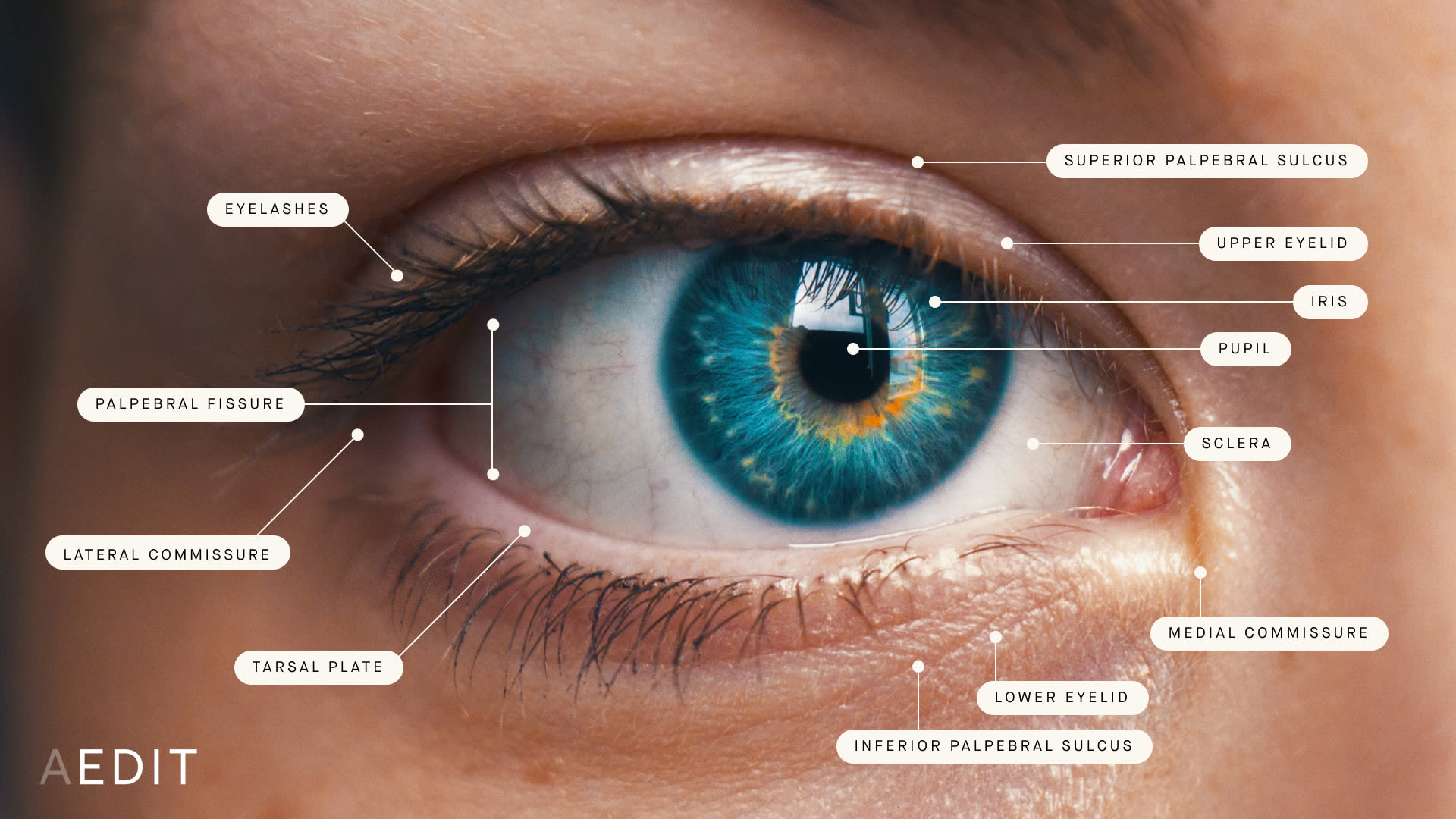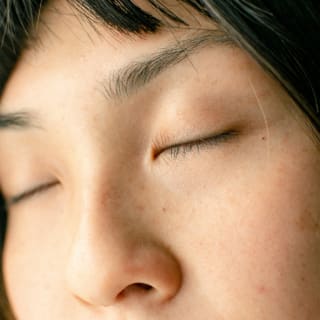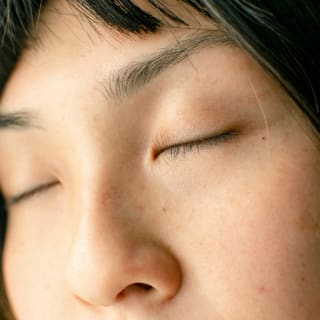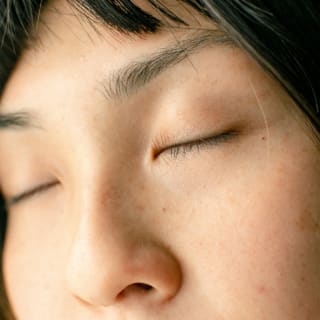
The Skinny
Average Recovery
10 days
Permanence
Permanent
Application
Surgical Procedure
Surgical
Yes
Cost
$2000 - $7000
AEDIT
Before & After Images by Provider



Before & After Images by Provider
Lower Eyelid Blepharoplasty Transconjunctival Approach
The Specifics
What is a lower eyelid blepharoplasty transconjunctival approach?
A lower eyelid blepharoplasty transconjunctival approach is a surgical procedure targeting the lower eyelid and under eye to reduce the appearance of dark circles, under eye bags, and tighten/tone the lower eyelids. The results of this eyelid surgery are permanent enhancements to the lower lid, however, the effects of aging will reappear over time.
The Anatomy of the Eye

Unlike a lower eyelid blepharoplasty transcutaneous approach, a lower eyelid blepharoplasty transconjunctival approach cannot remove excess skin to address skin laxity, however, it is typically a less involved and less invasive procedure.
What cosmetic concerns does a lower eyelid blepharoplasty transconjunctival approach procedure treat?
Who is the ideal candidate for a lower eyelid blepharoplasty transconjunctival approach procedure?
The ideal candidate for lower eyelid blepharoplasty transconjunctival approach is a younger candidate with smooth skin, and slight to moderate fat and muscle protrusion. A lower eyelid blepharoplasty transconjunctival approach is not recommended for patients looking to address skin laxity concerns, those with certain chronic medical conditions (like dry eye), or those with severe fat or muscle protrusion.
What is the average recovery associated with a lower eyelid blepharoplasty transconjunctival approach procedure?
Most patients experience bruising, swelling, numbness, and excessive tearing following a lower eyelid blepharoplasty transconjunctival approach. Bruising typically resolves within one week. Swelling can be mitigated with cold compresses and sleeping with the head elevated, but may persist for weeks to months in some candidates.
Strenuous activity, contact lense use, and sun exposure should be limited for two to three weeks. Additionally, eye straining activities like reading, watching TV, and using the computer should be minimized. To better understand the healing and downtime associated with the procedure, check out our complete guide to blepharoplasty recovery.
What are the potential side effects of a lower eyelid blepharoplasty transconjunctival approach procedure?
The potential side effects of a lower eyelid blepharoplasty transconjunctival approach include changes to shape of the pupil, increased scleral (white of the eye) showing, poor position of the lower eyelid, blurred vision, scarring, bleeding, and permanent changes in sensation.
What can someone expect from the results of a lower eyelid blepharoplasty transconjunctival approach procedure?
The results of a lower eyelid blepharoplasty transconjunctival approach are immediately noticeable following the procedure and are permanent. The appearance of the lower eyelids and under eye will finalize over the course of three to four months. The lower eyelids will continue to experience the effects of aging over time.
What is the average cost of a lower eyelid blepharoplasty transconjunctival approach procedure?
This plastic surgery procedure can cost anywhere from $2,000 to $7,000. The actual cost of a lower eyelid blepharoplasty transconjunctival approach is dependent upon location, plastic surgeon, and length and involvement of the plastic surgery. Learn more in our [complete guide to blepharoplasty cost](https://aedit.com/procedure/blepharoplasty-eyelid-surgery/cost).Pros
- Lower Risk Of Side Effects
Cons
- Inability To Remove Excess Skin
- Possible Asymmetry
Invasiveness Score
Invasiveness is graded based on factors such as anesthesia practices, incisions, and recovery notes common to this procedure.
What to Expect
A lower eyelid blepharoplasty with a transconjunctival approach addresses the appearance of bags and dark circles under the lower eyelids without skin excision. Here is a quick guide for what to expect before, during, and after a lower eyelid blepharoplasty with a transconjunctival approach.
The Takeaway
A Lower Eyelid Blepharoplasty Transconjunctival Approach is a targeted lower eyelid surgery designed for facial rejuvenation through alterations to the fat pads under the lower eyelid and cheeks. Dark circles, hollowing, and puffy under eye bags can be reduced to enhance overall appearance. The results of the lower blepharoplasty are permanent, but will change overtime as the signs of aging reappear.








